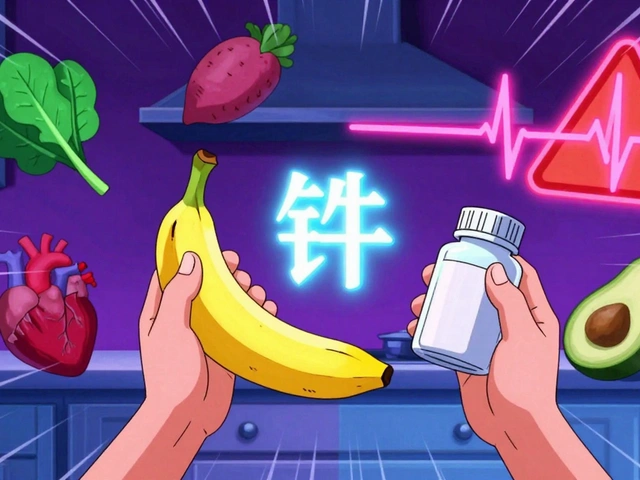Technology: Practical Guides on JSON and Battery Safety
JSON is used by nearly every web API, and lithium batteries power most devices you use daily. In this Technology category you’ll find practical, no-nonsense guides that help you work with data formats, follow safety rules, and make smarter choices when buying or building products.
If you write code, start with the JSON guide. It explains how JSON evolved from RFC 4627 to RFC 8259, what changed, and what that means for parsing and validation. You’ll get clear rules on escaping, number formats, and character encoding so your apps stop breaking on weird input. There are also quick checklists you can copy into your projects: validate at the border, reject ambiguous types, and always test with edge cases like large numbers, nulls, and unexpected arrays.
On the hardware side, the lithium battery article breaks down real-world safety standards and certifications. You’ll learn which labels to look for when buying batteries or devices, what testing procedures like UN 38.3 mean, and which transport rules apply when shipping cells. The guide covers practical safety steps too: correct charging gear, safe storage, and how to spot swollen or damaged batteries before they become a fire risk.
Want to apply these ideas right away? Here are three quick wins. First, add JSON schema validation to any API that accepts external data. A short schema prevents format surprises and makes error messages clearer to clients. Second, include a battery safety checklist in product pages or repair guides: list approved chargers, storage temperature ranges, and disposal instructions. Third, automate basic tests: run JSON fuzzing on endpoints and schedule periodic battery inspections for inventory.
Security and compliance matter, but you don’t need a law degree to follow practical rules. For developers, keep dependencies updated, sanitize inputs, and log parsing failures so you can fix recurring issues fast. For product managers and buyers, verify certificates, ask suppliers for test reports, and demand clear labeling. These steps reduce risk and save time later.
If you like hands-on content, each post here links to sample code, downloadable checklists, and references to official standards. We aim to make tech topics usable, not overwhelming. Drop a comment on any article if you want a specific example or a plain-English explanation of a rule. We’ll add more guides based on what readers ask.
Quick resources: JSON Schema (draft-07 or later) libraries exist for most languages, like Ajv for JavaScript or jsonschema for Python. For testing, use a fuzzer such as fuzzdb or custom generators to push edge cases. For batteries, check UN 38.3 test reports, IEC 62133 certification, and local transport rules from IATA and DOT. Keep a short supplier questionnaire: ask for batch test reports, manufacturing dates, and storage recommendations. If you manage inventory, label packs with received dates and set a shelf-life check at six months. Want help applying this to a project? Tell us what platform you use and we’ll point to specific tools, scripts, or a simple checklist you can copy. We update posts as standards change regularly too.






